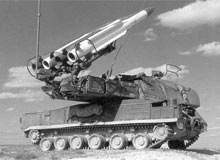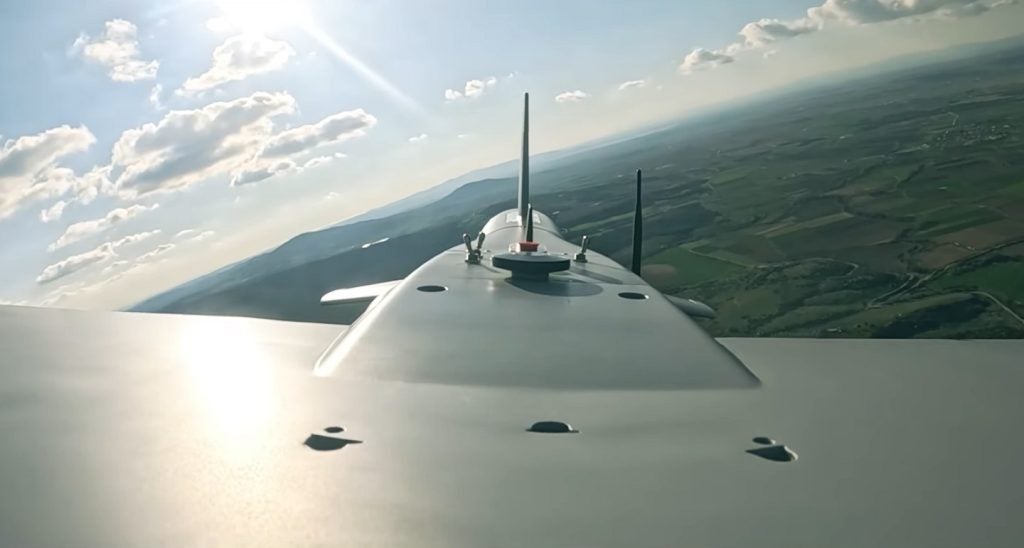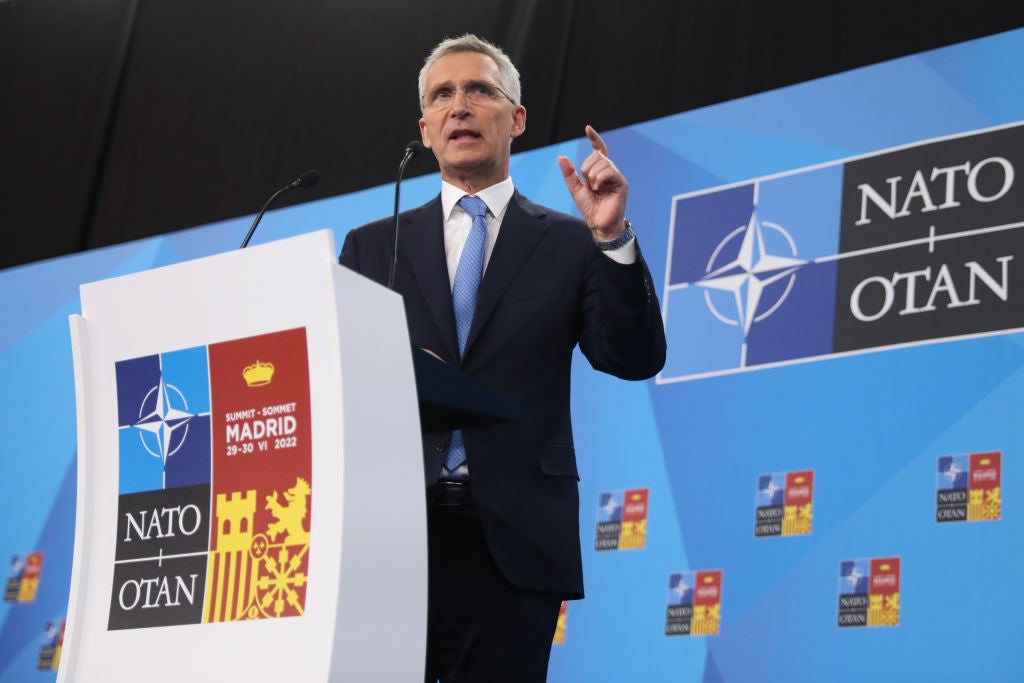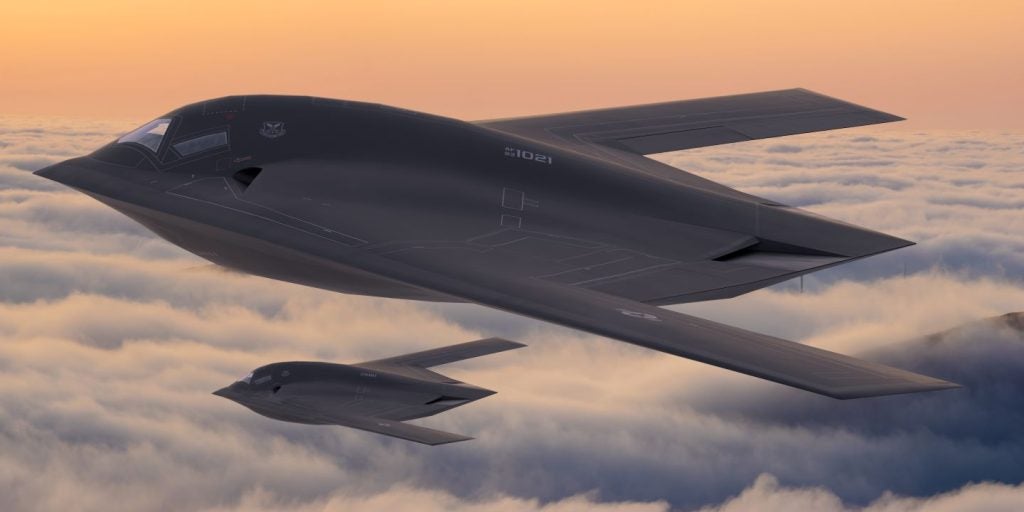
In its military budget proposal to the US Congress, the Bush Administration requested $88m for modifying B-2 stealth bombers to carry the massive ordnance penetrator (MOP).
Legitimately large at 30,000lb, this bomb is designed to penetrate up to 200ft of earth or man-made protective materials such as concrete, depending on hardness. The budget request, sent to Congress on 22 October, mysteriously cited an ‘urgent operational need from [sic] theatre commanders’, and the administration did not elaborate further when queried.
COVERT OPERATIONS?
Immediately, observers wondered if this request signalled that the US was planning a surprise attack on Iran to take out either their leadership or their main uranium enrichment facility at Natanz. Congressman Jim McDermott (D-Washington) said that this possibility was his ‘biggest fear between now and the election’, and other representatives indicated that the administration’s rhetoric on Iran was a factor in their stated opposition to funding.
Despite the current administration’s track record and adroit way with language, this request is not equivalent to a declaration of deferred war. Consider the following:
See Also:
The successful test of a MOP prototype in March was a ‘static’ test, conducted inside a tunnel. According to the Defense Threat Reduction Agency (DTRA), the programme manager, airborne testing from a B-52 will occur sometime in the first half of 2008, leaving at most ten months for test failures, design modifications, operational certification and deployment.
How well do you really know your competitors?
Access the most comprehensive Company Profiles on the market, powered by GlobalData. Save hours of research. Gain competitive edge.

Thank you!
Your download email will arrive shortly
Not ready to buy yet? Download a free sample
We are confident about the unique quality of our Company Profiles. However, we want you to make the most beneficial decision for your business, so we offer a free sample that you can download by submitting the below form
By GlobalDataEven if the B-2 modification were approved tomorrow, the actual modification programme itself must go through a similar RDT&E process ending with field-testing and operational certification – which probably wouldn’t occur anyway until the final bomb design is locked down.
Moreover, the marriage of the MOP bomb to the B-2 platform shouldn’t come as a surprise. DTRA and the air force envisioned internal carriage by the B-2 from the MOP programme’s inception in 2004. In any event, the B-52 will be able to carry the MOP first, by virtue of being the test platform.
Consequently, denying funding for the B-2 modification wouldn’t prevent deployment of the bomb, even if that were the paramount consideration of legislators who oppose the administration’s foreign policy agenda.
DECIDING LEGITIMATE USE
The argument against enabling the B-2 to carry the MOP is similar to the argument for domestic handgun control – if you make it harder for criminals to kill people, fewer murders will occur. This analogy is spurious at best for several reasons, but the critical principle from the technological perspective is that the issue of a conventional weapon’s operational effectiveness is separate and distinct from the issue of its legitimate use, regardless of whether that legitimacy is defined
in moral, legal or purely strategic terms.
The combination of a B-2’s stealth and the MOP’s penetrating ability clearly enables US planners to strike hard buried targets by surprise – but surprise is not always of the Pearl Harbor variety.
In reality, the most difficult targets are not super-hardened point targets such as individual bunkers, but dispersed target networks such as the cave complexes at Tora Bora in Afghanistan. When constructed by functioning nations such as North Korea, such networks will be deeper, harder, more extensive, and most importantly, will incorporate internal rapid transportation systems utilising rail, automotive or multi-axis elevator systems.
THE ELEMENT OF SURPRISE
Keeping in mind that the targets are not the caves per se but rather the assets within them, such as enriched uranium or jihadist leaders, the problem is not merely destroying a cave or bunker, but doing so while the target resides there.
Given that high-value assets are often not only mobile but frequently on the move, surprise is invaluable because it denies the asset the opportunity to evade the strike by, for example, taking a shuttle train to another cave.
In short, attacking hard and/or dispersed targets deep underground poses many technological challenges.
History demonstrates that such challenges usually succumb not to a single silver bullet, but to the integration of different technologies, most of which are evolutionary rather than revolutionary.
One thing, though, should be clear: conflating Bush’s national security strategy with the evolution of defence technology benefits neither technology nor US foreign policy.







